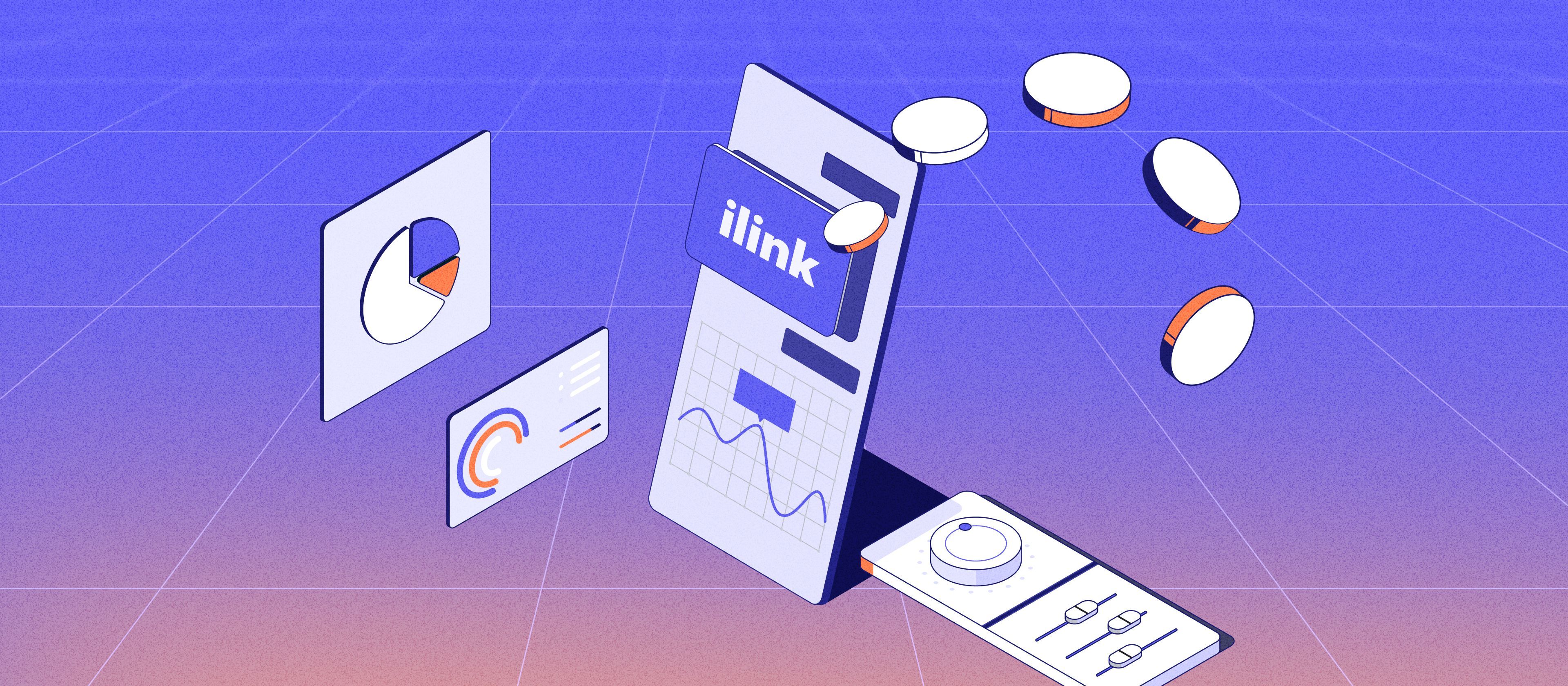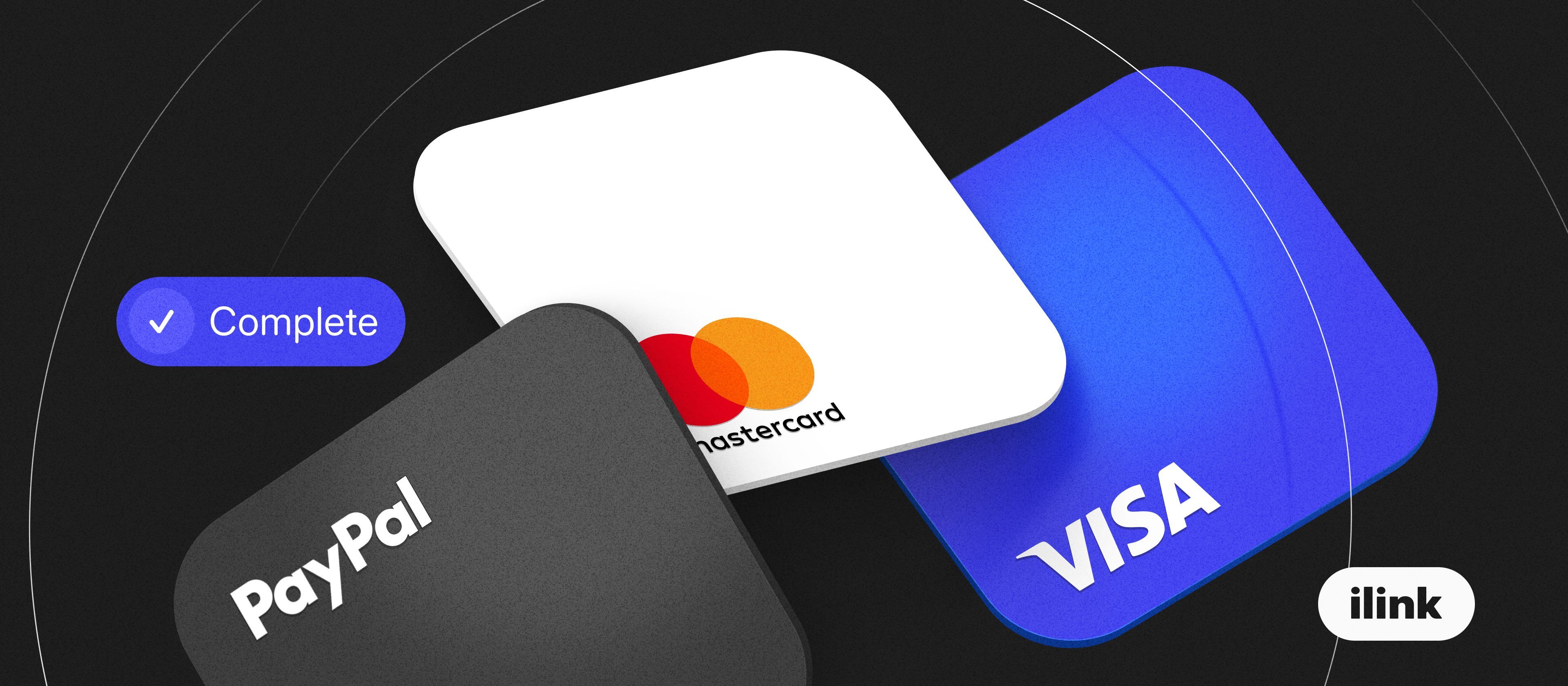A Step-by-Step Guide to the Stages of Application Development Life Cycle
Introduction
Bringing an application to life involves more than just writing code. A successful product is the result of a structured and well-planned process. Understanding the stages of application development helps businesses and development teams minimize risks, control costs, and deliver software that meets user needs and business goals.
Whether you're building a mobile app, a blockchain platform, or a custom enterprise tool, following a clear app development lifecycle ensures each phase adds value and moves the project forward with precision.
What Is an Application Development Life Cycle?
The application development life cycle refers to the structured process through which software applications are planned, created, tested, deployed, and maintained. It provides a clear framework for managing complex projects and ensures that each phase contributes to delivering a stable, scalable, and secure final product. From initial discovery and design to final deployment and support, the life cycle helps development teams stay aligned with business goals, manage resources effectively, and reduce the risk of delays or costly revisions. Whether building a mobile, web, or enterprise-level solution, following a well-defined life cycle is essential for consistent quality and long-term success.
Stages of Application Development
Stage 1: Discovery and Planning
The first step in the app development lifecycle is understanding the problem you’re solving. During the discovery phase, teams gather requirements, define core features, and identify user roles.
Key activities include:
- Market research and competitor analysis;
- Clarifying business goals and technical constraints;
- Creating a feature list and project roadmap;
- Estimating budget and development timeline.
This stage sets the foundation for everything that follows. Skipping proper planning often leads to delays, budget overruns, and mismatched expectations.
Stage 2: UI/UX Design
In this phase, the focus shifts to user interface and experience design. Developers and designers work together to create wireframes, mockups, and clickable prototypes. A well-executed UI/UX design process ensures that the app is not only functional but also intuitive and enjoyable to use. User feedback may be gathered early to validate layout and navigation before development begins.
Elements typically include:
- Wireframes and screen flows;
- High-fidelity visual design;
- Design systems and style guides;
- Accessibility and usability best practices.
Stage 3: App Architecture and Tech Stack Selection
Before development begins, the team chooses the technical foundation. This includes defining the app architecture, selecting backend and frontend frameworks, and planning the database and server infrastructure. The right tech stack affects performance, scalability, and maintainability. Common tools include:
- Frontend. React, Angular, Vue.js;
- Backend. Node.js, Python, .NET;
- Mobile. Flutter, Swift, Kotlin;
- Cloud. AWS, Azure, Google Cloud;
- For blockchain. Solidity, Web3.js.
Security measures are also considered at this stage to ensure the app can protect user data and resist attacks.
Stage 4: Application Development
Now the actual frontend and backend development begins. Developers build the core functionality based on the agreed architecture. This includes setting up databases, creating APIs, and coding the user interface. If the app includes advanced functionality like blockchain integration, AI, or complex automation, it’s implemented here. Development is typically done in sprints using agile methodology, allowing for continuous feedback and iteration throughout the process.
Stage 5: Testing and Quality Assurance Testing is critical to ensure that the application works as expected and meets all performance, security, and usability standards.
The quality assurance process may include:
- Unit testing;
- Integration testing;
- User acceptance testing (UAT);
- Security testing and vulnerability scans;
- Performance and stress testing.
Thorough QA at this stage helps eliminate bugs, reduce crashes, and improve the overall user experience.
Stage 6: Deployment
Once the app has passed all tests, it’s ready to be released. The deployment process varies depending on the type of app:
- Mobile apps are submitted to the App Store and Google Play;
- Web apps are deployed to production servers or the cloud;
- Enterprise apps may be installed on private infrastructure.
CI/CD pipelines are often used to automate this process, ensuring faster and more reliable releases.
Stage 7: Maintenance and Support
Development doesn't end at launch. Ongoing maintenance and support are essential to keeping your app up to date and aligned with user needs.
Post-launch services often include:
- Bug fixes and performance optimization;
- Security patching and compliance updates;
- Feature improvements based on user feedback;
- Infrastructure scaling as usage grows;
- Analytics and monitoring for usage trends.
This stage ensures your application remains stable, secure, and competitive over time.
Understanding the stages of application development is key to delivering a product that is both technically sound and aligned with business goals. Each step, from discovery and design to deployment and maintenance, plays a critical role in ensuring success.
Whether you're launching a new mobile app or rebuilding a legacy platform, working with a skilled team that follows a structured development lifecycle will help you create scalable, secure, and impactful software.
Comments (0)
Latest Posts
The enterprise blockchain market is growing fast. Discover how blockchain improves security, transparency, and enterprise operations.
Discover how e-wallet applications enable secure payments, crypto transactions, and new revenue opportunities in fintech and Web3 markets.
Do You Have Any Questions?
Leave your details - we will contact you to answer all your questions




